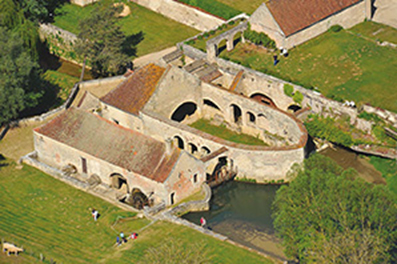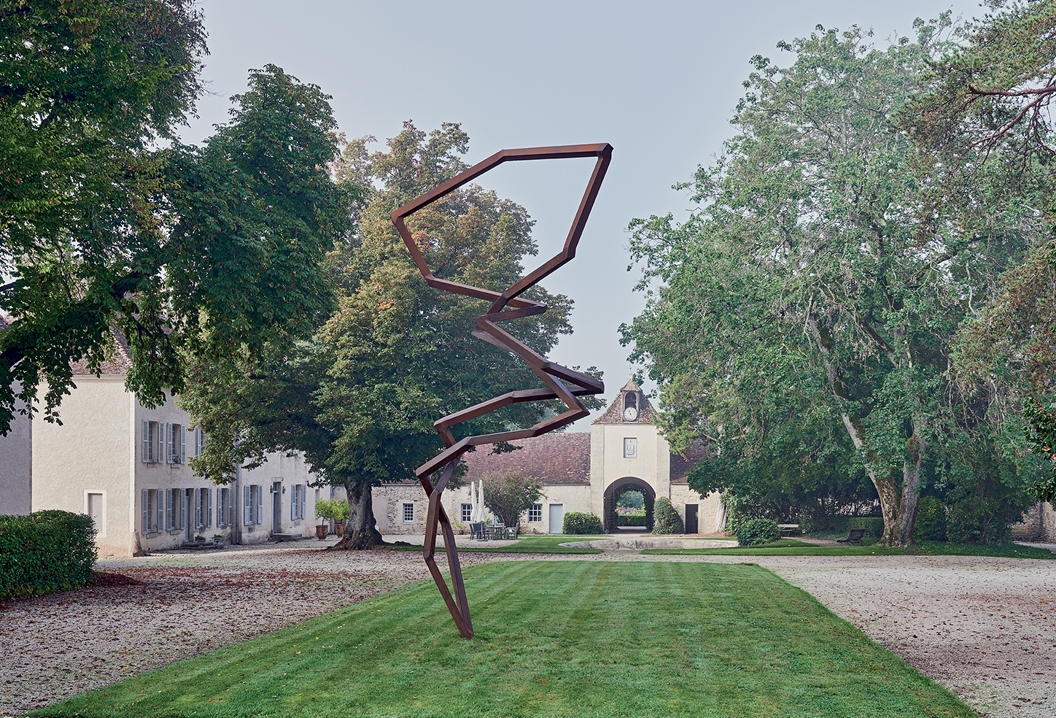Buffon

This masterpiece of 18th century industrial heritage, listed as a Historic Monument since 1943, is the work of the famous naturalist Georges-Louis Leclerc, Comte de Buffon, who at the age of sixty, in 1768, undertook a vast iron and steel project.
During his research for his Histoire Naturelle des Minéraux, Buffon studied the metallurgy and properties of metallurgical ores.
Having carried out a series of experiments on iron over the last few years, he was convinced of the possibility of improving the manufacturing processes then in use in the region. He wanted to set up his own industrial tool to commercially exploit his discoveries and continue his research on a large scale.
He set up his forge on his land, which was crossed by the Armançon river, which would provide the necessary motive power for his factory. Another advantage was the proximity of the royal road from Paris to Lyon, opened in 1761. Buffon knew the route of the future Burgundy canal, but its construction was delayed and it was not opened to traffic until 1830. Buffon, a large forest owner, was able to provide the fuel (charcoal) essential for the blast furnace. The iron ore is found a dozen kilometres away.
Built in the Age of Enlightenment, this forge, an industrial building, grouping together for the first time the various buildings of the blast furnace, the refinery and the slitting house, is also a place of life for the blacksmiths and their families in a quality heritage setting: a monumental entrance, well-ordered buildings of fine workmanship, a chapel, a dovecote and an orangery with a bathroom for the workers. The steward of the King’s garden left his mark and his taste for beauty
Agnès Veyssiere-Pomot
Owner
http://www.grandeforgedebuffon.fr
